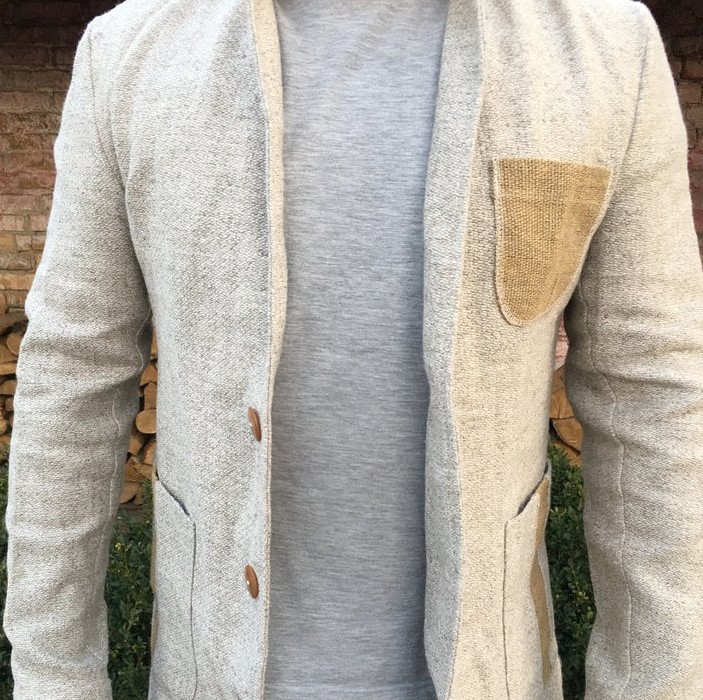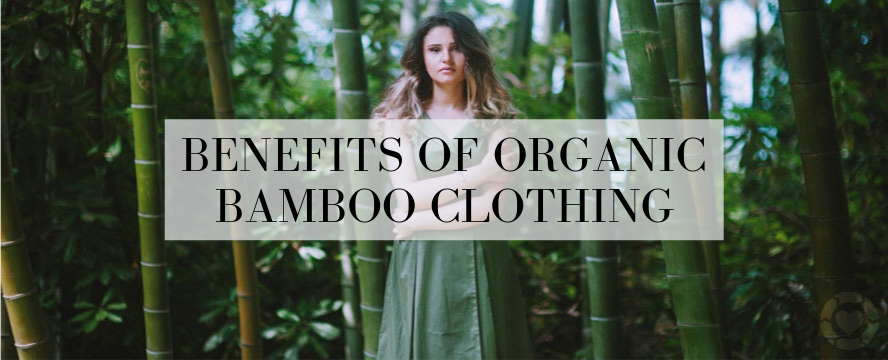New Advice For Selecting Bamboo Clothes
Wiki Article
How Sustainable Is Hemp Relative To Cotton, In Terms Of Water Use As Well As Pesticides And Herbicides?
Hemp is regarded as a viable crop if compared to cotton with regard to water use, pesticides and herbicides, for a variety of reasons.water Usage-
Hemp- Hemp is a plant with a very low requirement for water compared to other crops like cotton. Hemp is a drought-resistant plant that grows without water. Hemp is able to be grown in a variety of regions with rainwater only and is therefore an efficient water source.
Cottonis a staple crop that has a reputation for consuming a lot of water. Cotton farming typically requires a lot of irrigation, which can reduce local water resources and result in water shortages in areas that are water stressed. The high demand for water in the cultivation of cotton has raised questions about its sustainable nature.
Herbicides and pesticides
Hemp: Hemp has a natural resistance against many insects. This decreases the need for synthetic pesticides. The usage of chemical compounds in hemp is less than other crops such as cotton. It is possible to grow organic hemp without the use of pesticides.
Cotton- Conventional conventional cotton farming heavily relies on synthetic pesticides. Herbicides are also employed to control the spread of weeds. These chemicals could have adverse environmental consequences, such as soil and groundwater contamination, damage to other species, as well as the development of pesticide-resistant pests.
In conclusion, hemp is more environmentally sustainable than cotton in terms of pesticides or herbicides used, water usage and irrigation.
Hemp is a great crop that requires little water and is often harvested with rainwater or only very little irrigation.
Hemp's natural resistance to pests eliminates the need to use synthetic pesticides.
Hemp cultivation generally involves fewer synthetic herbicides and pesticides as in comparison to conventional cotton.
Nevertheless, it is important to recognize that eco-friendly and sustainable methods can vary between cultivators and in various regions. By minimizing synthetic chemicals, and also by encouraging soil health organic farming practices also increase the sustainability. Concerning clothes and textiles' environmental impact, hemp and cotton fibers that are sustainably and organically made can decrease the environmental footprint of fashion industries. See the top rated hemp clothing for more tips including hemp sweatshirt, jungmaven sweatshirt, patagonia hemp jacket, hemp sweatpants, hemp yoga clothes, patagonia hemp island pants, 100 hemp t shirt, hemp shorts mens, dash hemp clothing, american made hemp clothing and more.

How Is Hemp Clothing Technically And Functionally Superior To Traditional Fibres?
Hemp clothing offers a variety of technological and functional advantages over conventional fibers, while being environmentally sustainable. Here are some ways in which hemp clothing stands out as an eco-friendly and high-performance option for moisture wicking and breathability-
Hemp fibers are extremely absorbent and moisture-wicking. It makes hemp clothes a comfortable one to wear in a range of climates. They can help to wick away moisture from the skin, keeping you cool in hot weather.
Temperature Regulation
Clothing made from hemp is very thermoregulatory and breathable. It helps keep you warm in cold temperatures by trapping warmth close to the body. In hot conditions, it assists you to remain cool by allowing humidity and heat to escape. The natural way to regulate temperature can reduce the need for frequent changes in clothing.
Durability and endurance
Hemp is well-known for its strength. Hemp clothing is known to be stronger and resistant to wear and more durable than other fibers. The result is that hemp clothing can last a lot longer. It also means fewer requirement for regular replacements.
UV Protection
Hemp fibers offer natural UV protection by shielding skin from damaging UV radiation. This is particularly beneficial in outdoor activities.
Biodegradability:
Hemp clothing degrades over time, so it will degrade when disposed. This feature reduces pollution caused by textiles since synthetic fibers are suitable for landfills to remain.
Low Environmental Impact
Hemp cultivation requires less synthetic pesticides than cotton. Hemp also requires less water, and is therefore a more sustainable alternative. This green aspect is further amplified through organic farming.
Carbon Sequestration
Hemp can be utilized to absorb CO2 from the atmospheric air. The hemp plant is cultivated as a carbon sink and assists in reducing the amount of greenhouse gases.
Sustainable and crop rotation
Hemp can be included in the rotation of crops, enhancing overall soil health while reducing the chance of soil loss and disease buildup. This practice of sustainable farming helps to reduce its environmental impact.
Versatility:
Hemp fibers can be combined with other materials, such as organic cotton or recycled polyester, to create eco-friendly, high-performance fabric blends. This flexibility allows for the development of novel textile products.
Low Toxicity-
Hemp fibers, which are low-toxic by nature and do not require an extensive chemical process in the manufacturing process, reduce the environmental impact.
The durability of clothing is determined by many factors, including the process of dyeing, transport and ethical working practices. To make conscious choices for the environment consumers should search for clothing brands that are committed to sustainability integrity, transparency, and ethical manufacturing practices when using hemp or other sustainable fibers in their designs. Check out the top hemp clothing url for more recommendations including nomad hemp clothing, mens hemp trousers, hemp work pants, hemp clothing for men, mens hemp trousers, hemp t shirt mens, hemp polo shirts, patagonia hemp pants, dash hemp clothing, hemp clothing and more.

What is the difference in bamboo and hemp fibers?
Hemp and bamboo are two different plant-based fibers that are used in the production of textiles Each with distinct qualities and characteristics. Here are the major differences between bamboo and hemp fibers- 1. Plant Source-
Hemp fibers are derived from outer bast fibres in the stalks. Hemp, a versatile and fast-growing plant, has been cultivated in a variety of ways over the centuries.
Bamboo Fibers- Bamboo fibers are made from the pulp. Bamboo is a grass that grows quickly and is known for its sustainability.
2. Fiber Characteristics
Hemp Fibers Hemp fibers are known for their their strength and durability. They're among the strongest fibers in nature and soften each time they're washed, so they are great for making textiles.
Bamboo fibers can be silky and soft. They are weaker than hemp, but they are also more delicate. But, they are highly prized because of their softness when applied against the skin.
3. Texture Feel, Look and Texture-
Hemp- Hemp has a somewhat coarse texture, particularly in its natural form. It is extremely cozy, but it has distinct from bamboo.
Bamboo is silky soft and soft. It is often compared with silk, which is a blend of twill. This makes it very comfortable.
4. Breathability, Moisture Wicking, and Breathability-
Hemp- Hemp is naturally and breathable. Hemp also absorbs water. These can keep you cool in hot weather.
Bamboo fibers are also able to wick away moisture and are highly breathable. They have micro-gaps that enhance their ability to regulate moisture and temperature, ensuring you are comfortably in any weather.
5. Environmental Impact-
Hemp Hemp is an eco-friendly fiber because of its high growth rate, its low requirements for water, and its resistance against pests. These elements make it less necessary to use pesticides or herbicides. It is also able to sequester carbon during its growing process.
Bamboo is considered to be an environmentally friendly material. It is fast growing, requires little water, and does not require synthetic pesticides. Certain bamboos are considered to be sustainable, including Moso bamboo.
6. Processing-
Hemp Fibers- Hemp fibers undergo a lot of processing that will be required to separate the bast that is outside from the inner wooden core. Processing may involve the process of retting (decortication) or mechanical separation or retting.
Bamboo- Bamboo Fibers can be made through a chemcial process known as the viscose/rayon procedure. The process involves cutting down bamboo pulp. If it is not managed properly the process can be detrimental to the ecosystem. But some bamboo fabric make use of closed loop systems in order to reduce waste.
7. Versatility-
Hemp- Hemp is versatile, with many uses including building materials, clothing, textiles.
Bamboo- Bamboo is typically used in the production of clothes and textiles. However, it could be used in other products such as bed linens and towels.
Bamboo and hemp are distinctive and possess sustainability advantages. It's all about what you want in a product, and how environmentally conscious you are. See the most popular bamboo clothes for blog info including bamboo hoodie women's, bamboo jeans ross, organic bamboo pajamas, onno bamboo shirts, mens bamboo clothing, bamboo athletic wear, bamboo clothing for women, kate quinn bamboo, bamboo jeans brand, bamboo fiber t shirt and more.
